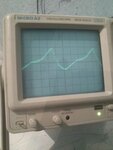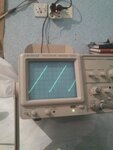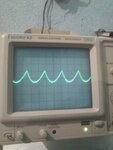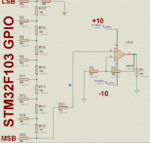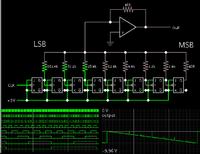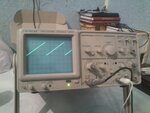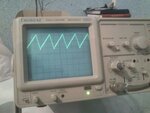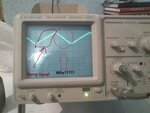Persian_Men
Junior Member level 1

Hi guys.
i design r-2r ladder dac semilar this schematic for design signal generator.
i use ARM GPIO port to connect to r-2r dac.
i design 10bit r-2r ladder network.
when i want to build ramp signal output is not equal ramp signal
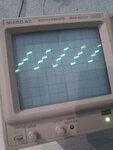
ramp code is:
when i was use 8bit resolution i see a complate ramp signal:
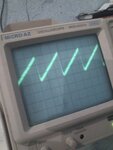
anybody can help me?
i design r-2r ladder dac semilar this schematic for design signal generator.
i use ARM GPIO port to connect to r-2r dac.
i design 10bit r-2r ladder network.
when i want to build ramp signal output is not equal ramp signal

ramp code is:
Code C - [expand]
when i was use 8bit resolution i see a complate ramp signal:

anybody can help me?



